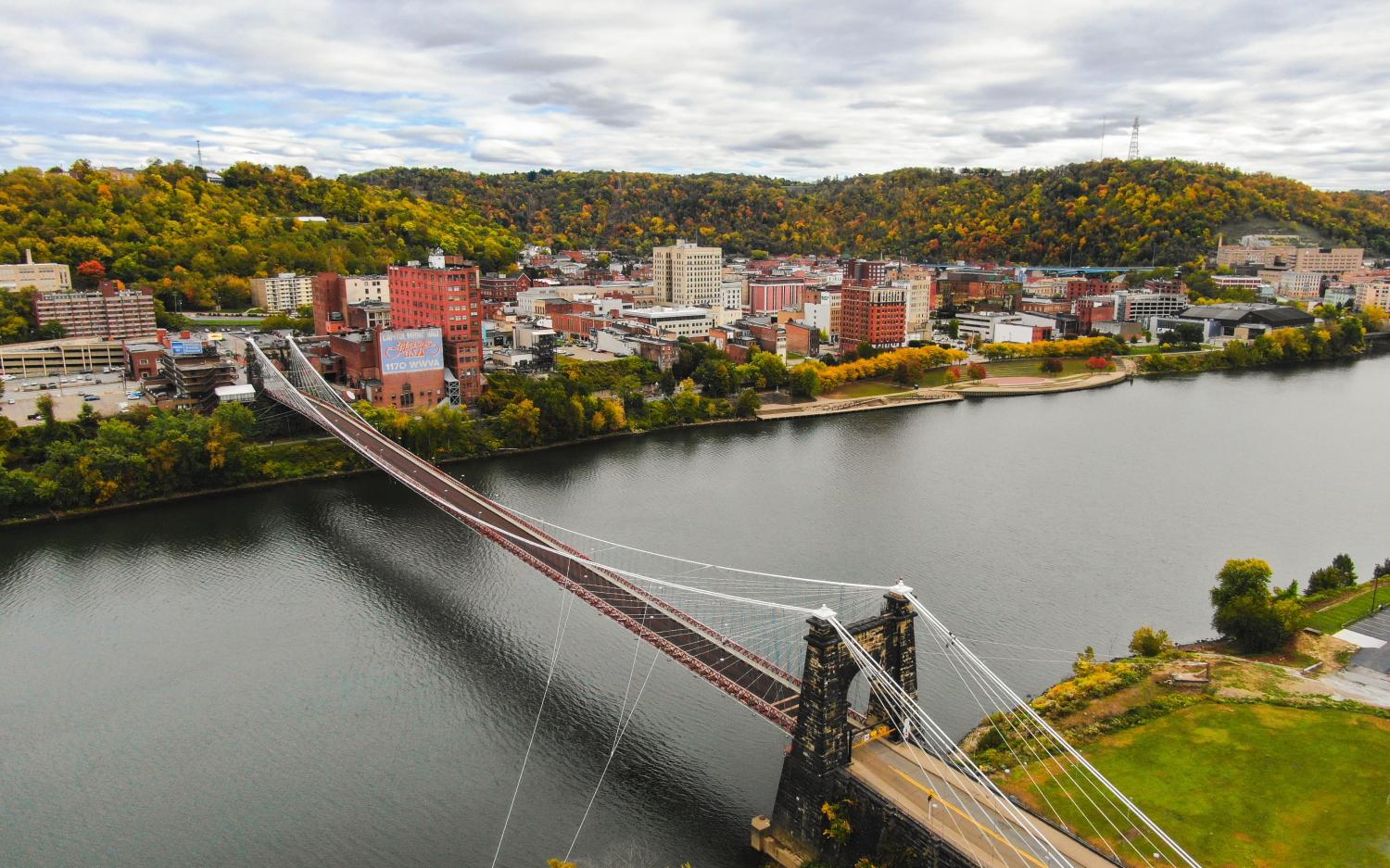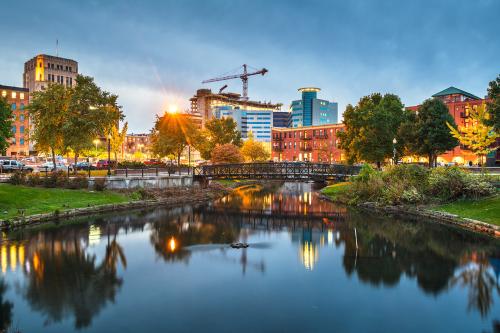The 2016 and 2020 presidential elections ushered in new waves of national attention to rural America—and along with them came a flurry of misconceptions about rural places and the people living in them. The dominant narrative from pundits, journalists, and policymakers twists and turns depending on who’s telling it, but can typically be boiled down to: Rural America is white, dependent on traditional industries, and characterized by stagnation, decline, and despair.
These characterizations are not just inaccurate—they actively obscure effective solutions for rural economic and community development and the local efforts underway to implement them. While rural communities face severe and systemic barriers to economic opportunity, rural America is not a monolith. Rural and small towns vary across regions, are characterized by a growing number of people of color, diverse local economies, and undervalued assets. Moreover, rural places are not destined for despair or abandonment. For decades, local leaders have been implementing locally tailored economic development strategies that value and build upon place-based assets, and have garnered real successes in fostering recreation, amenity-based, and service economies that support rural places of opportunity.
As the COVID-19 pandemic tests the resilience of rural economies in real time, this research series argues that our attention should not be focused on an outdated, inaccurate image of rural America, but rather on understanding, sustaining, and investing in the hyperlocal strategies already working to bring growth and equity to increasingly diverse and dynamic rural areas. Using in-depth, on-the-ground research in three rural communities across the U.S., the following briefs highlight these place-based strategies as well as the policy and capacity-building supports needed to sustain and scale them in the years to come.
Why Main Streets are a key driver of equitable economic recovery in rural America
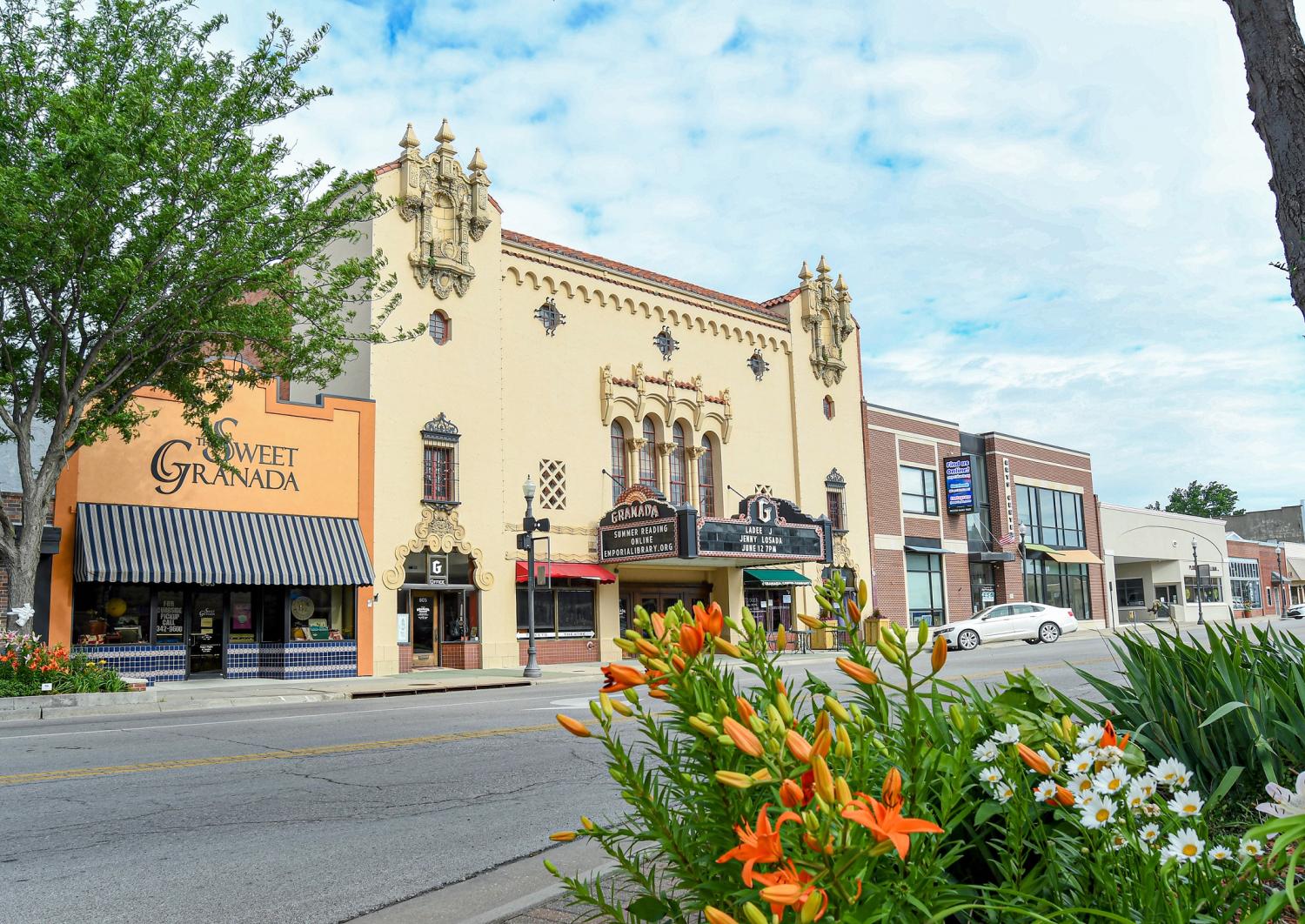
In recent years, some rural and small towns fostered economic revival by investing in community assets in downtown commercial corridors to support locally owned small businesses and generate community wealth. Now, as the COVID-19 pandemic systematically disadvantages those rural communities, small businesses, and workers that were already vulnerable before the crisis—particularly newly formed, underbanked small businesses; Black, Latino or Hispanic, and Native American communities; and workers employed in the most vulnerable industries—the economic future of rural America looks precarious and unequal.
This brief makes the case for examining downtown revitalization as a homegrown strategy to build more equitable, dynamic, and resilient rural communities, and presents our holistic framework for evaluating these efforts and applying lessons to other places.
Rural small businesses need local solutions to survive
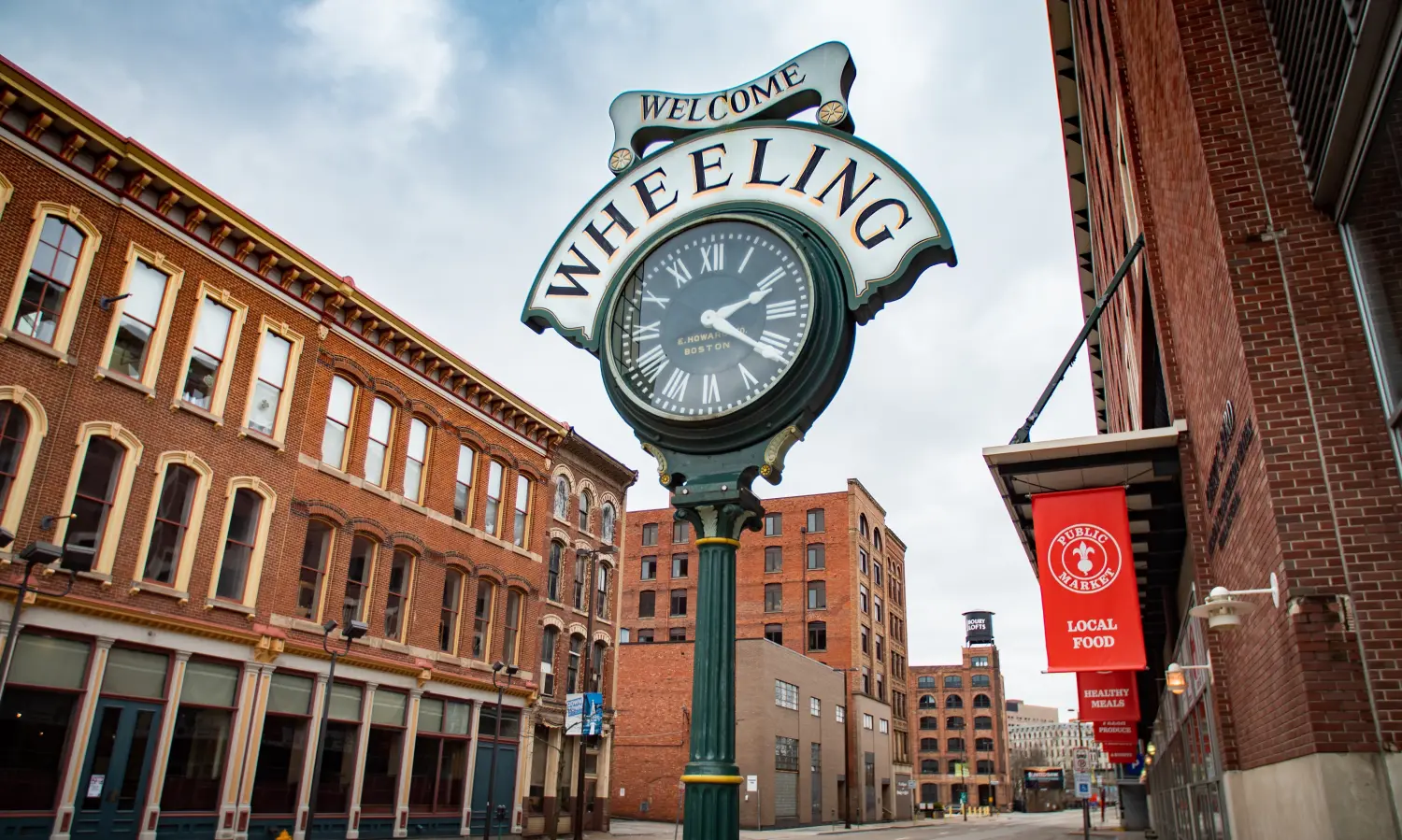
The COVID-19 small business crisis is prolonged and uneven, inflicting a disproportionate toll on microbusinesses in underserved communities that are the lifeblood of their local economies. Rural small businesses were still rebounding from the Great Recession, and entered the COVID-19 crisis with compounding, preexisting vulnerabilities—including limited access to capital, poor broadband connectivity, and a higher share of businesses in the most immediately vulnerable industries. And just like in nonrural communities across the nation, minority-owned rural small businesses face heightened vulnerabilities.
This brief interrogates the role that downtown revitalization—and the place governance structures that support these efforts—can play in supporting the survival, growth, and development of underserved rural small businesses.
The necessary foundations for rural resilience: A flexible, accessible, and healthy built environment
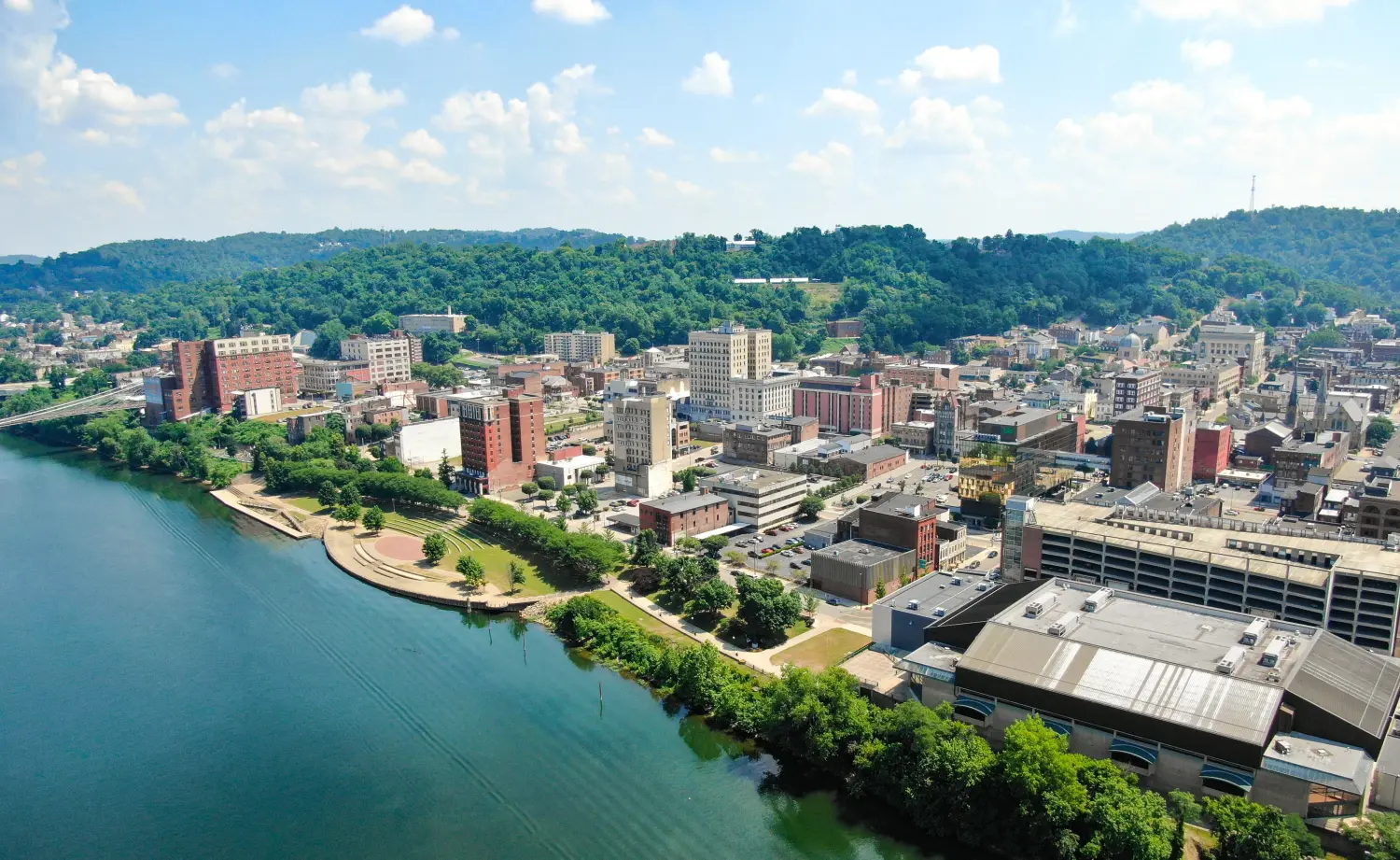
Rural communities face significant built environment, infrastructure, and quality-of-life challenges that act as persistent barriers for residents and small businesses. Rural residents—particularly Black, Native American, and Latino or Hispanic residents—lack adequate access to health care and broadband connectivity, have to travel long distances to obtain fresh food, and are disproportionately likely to be struggling with poverty, debt, and isolation. Rural small businesses face similar challenges in connectivity and capital access, and are suffering further due to their concentration in the most immediately vulnerable industries.
This brief investigates whether downtown revitalization efforts can promote the built environment, infrastructure, and quality-of-life improvements needed for the health and resilience of a broader swath of rural residents and small businesses.
Rural Main Streets can’t achieve true economic revival without bridging social divides
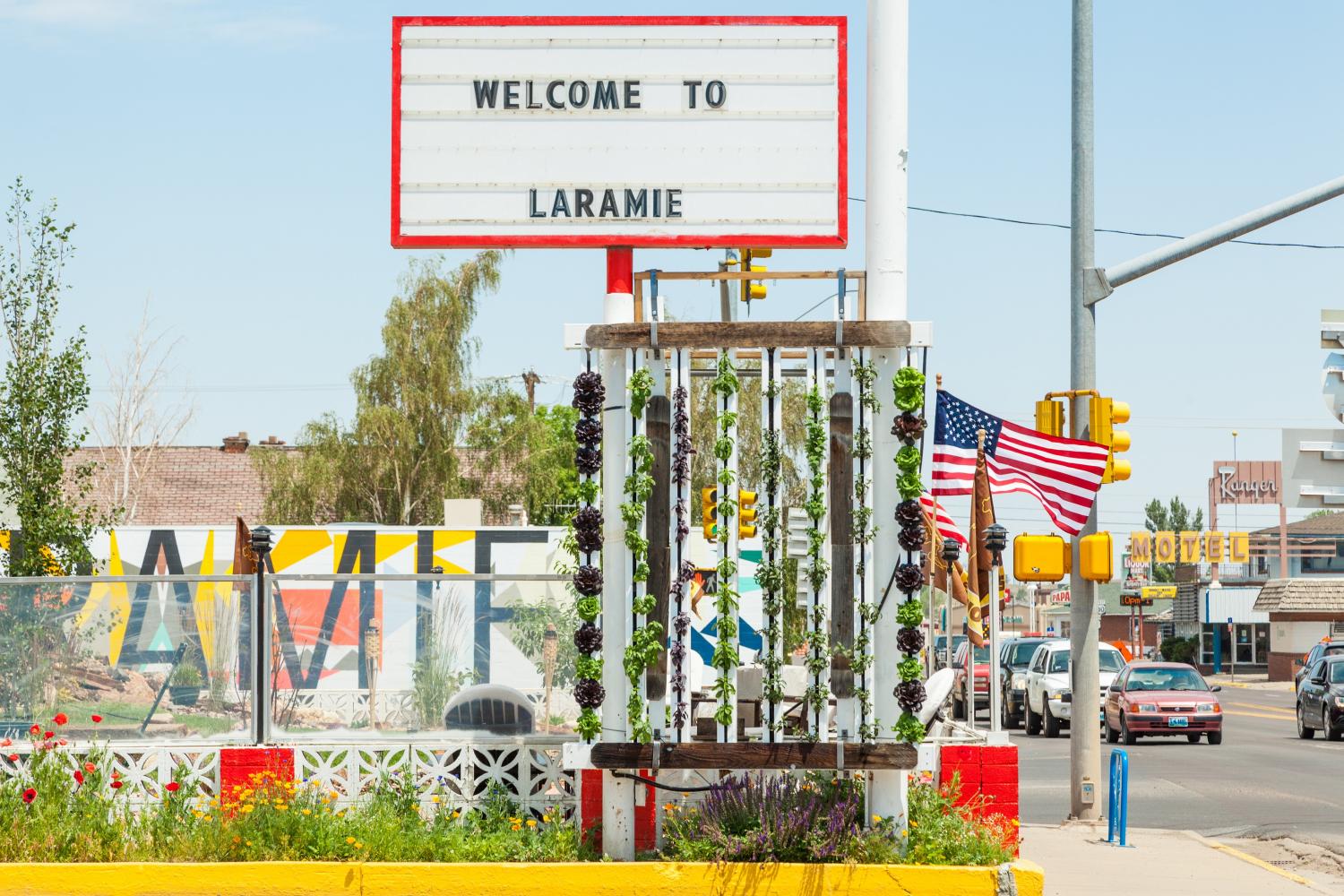
As many rural and small towns grapple with depopulation, they increasingly rely on demographic diversity—particularly Latino or Hispanic migration—to spur revitalization. Yet, some rural communities struggle with significant social inclusion barriers that can inhibit this goal. Tight-knit rural communities can breed localism and elitism, and many rural communities are reckoning with dark histories of racial inequity and persistent discrimination. Now, as COVID-19 threatens economic opportunity in rural areas (and magnifies divisions by race, ethnicity, and income), their ability to remain places where people want to live and stay is at heightened risk.
This brief examines whether downtown revitalization can help foster cohesive social environments that nurture racial and economic inclusion, reflect community identity, and enhance residents’ attachments to place.
Creating a shared vision of rural resilience through community-led civic structures
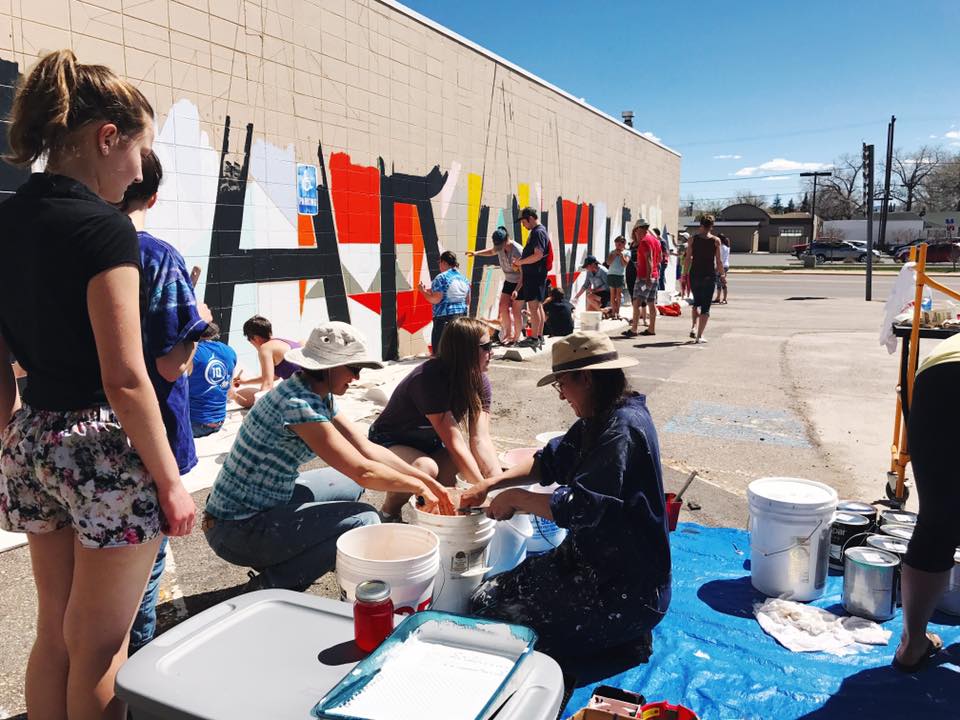
As governmental responses to the COVID-19 pandemic remain inconsistent and marked by disparate outcomes by race and place, people and small businesses are turning to local organizations for relief—seeking support from the community and civic structures they know and trust. While much attention has been paid to community-based actors in cities, less is known about how community organizations and coalitions are stepping up in rural areas, where residents and small businesses face similar barriers in accessing relief.
This brief examines how the place-based entities behind downtown revitalization can not only provide relief to residents and small businesses, but also how they can support the development and capacity of other community organizations, coalitions, and networks to build resilience in the years to come.


